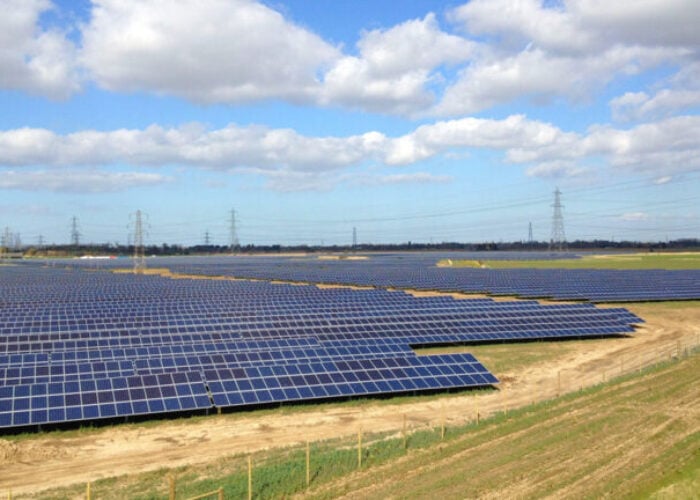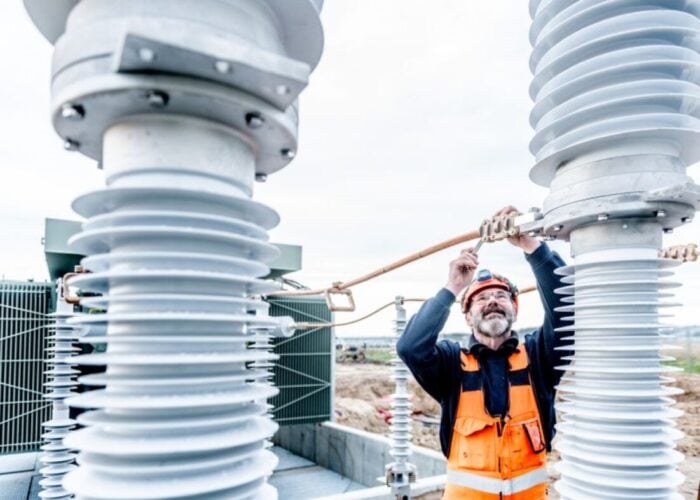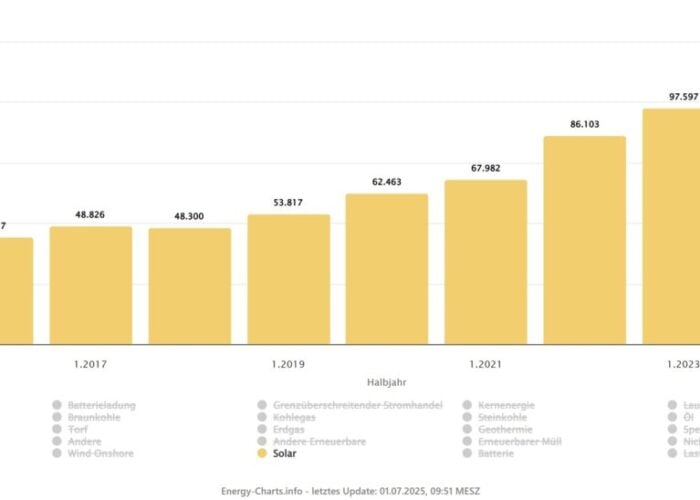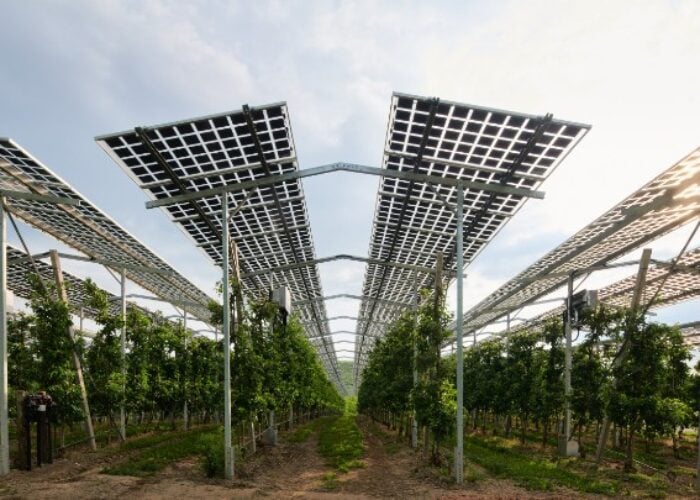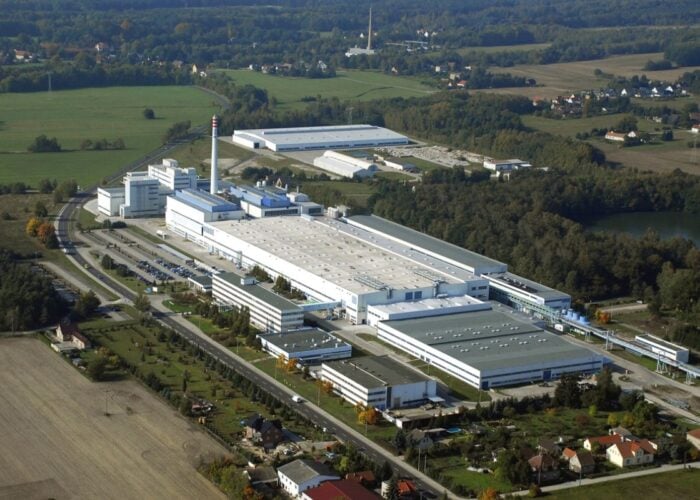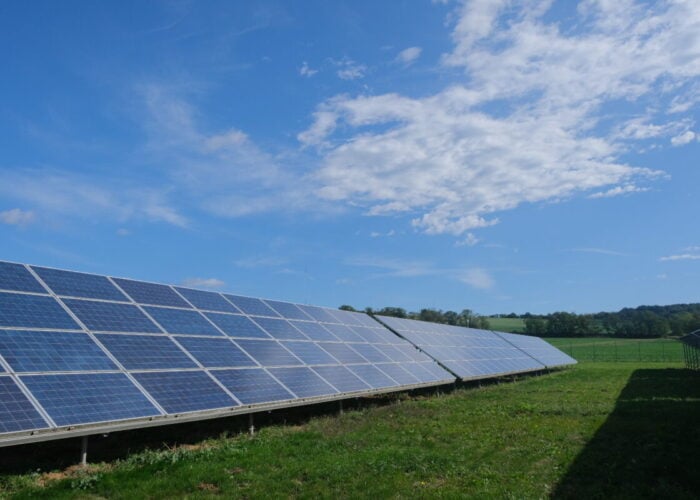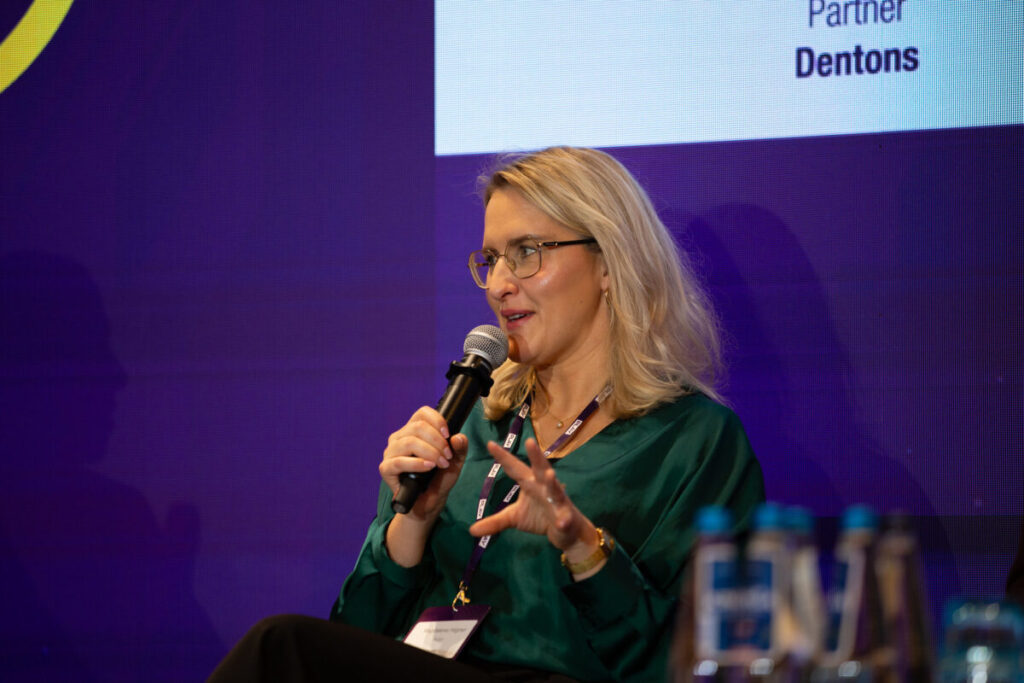
One of the topics discussed at length at last week’s Large Scale Solar Central Eastern Europe event in the Polish capital of Warsaw was the rapidly maturing nature of the Polish renewable power sector, where an influx of both capital investment and new clean power capacity additions has quickly changed the country’s energy sector.
This has led to a new wave of power purchase agreements (PPAs), as companies from a range of industries look to decarbonise their power supplies. Figures from market intelligence and price data reference provider Pexapark, published last week, found that October 2024 marked the third consecutive month that both the raw number of PPAs signed in Europe, and the total renewable power capacity covered by such deals, increased. The 29 deals signed in October is also the highest monthly figure since the 32 signed in May.
Unlock unlimited access for 12 whole months of distinctive global analysis
Photovoltaics International is now included.
- Regular insight and analysis of the industry’s biggest developments
- In-depth interviews with the industry’s leading figures
- Unlimited digital access to the PV Tech Power journal catalogue
- Unlimited digital access to the Photovoltaics International journal catalogue
- Access to more than 1,000 technical papers
- Discounts on Solar Media’s portfolio of events, in-person and virtual
However, a new generation of offtakers entering the renewable power industry from other sectors has led to an element of confusion as to what the needs and priorities of these offtakers are, according to developers and independent power producers (IPPs) present at the Warsaw event last week.
To answer these very questions, one of the panels aimed to make clear “what buyers want,” and saw Magdalena Hilgner, head of energy department at Polish telecoms company PLAY, explain that, despite the changes in the PPA space, projects that deliver power reliably and at a reasonable price will always be attractive for offtakers.
“Solar and wind is more attractive, to me, because it flattens the production profile, and it’s a better consumable for us, towards our consumption profile,” said Hilgner, who spoke to PV Tech Premium exclusively after the panel. “Solar-and-battery is another story, but it also helps to flatten the production profile.”
“What every consumer needs to address is their ability to handle the profile of the asset that they’re offering, and once you know your own needs, you can find yourself a product that is suitable to you.”
What makes a project an attractive investment?
“Of course, my preference is a baseload product, because it’s safe for the consumption profile we have at play,” said Hilgner during the panel, noting that, considering PLAY’s ambitious offtake goals, reliability is a key benefit for an offtake agreement. “The consumption needs of a telecoms company like PLAY are, more or less, 400GWh per year. Our goal is to green that with the physical PPAs; by 2035, we need [renewable power to account for] 50% of the coverage.
“We are very interested in a fixed-price [PPA] but that’s, of course, not possible very often, taking into consideration the risk that you’re talking about.”
Hilgner went on to tell PV Tech Premium after the panel that, often, an offtaker’s priorities are on securing reliable power at a fair price, rather than committing to a single technology type, so are keen to invest in a range of renewable power technologies. This is not necessarily because one technology is thought to be a riskier investment than other, but the fact that the different financial profiles of various renewable energy technologies means a diverse portfolio of PPA arrangements is often more resilient than one that focuses too narrowly on a single technology type.
“Either it’s wind-plus-solar, or solar-plus-battery, or a mixture of different technologies altogether in different products – baseload, pay-as-you-produce – [and] it depends also on what your goal [is]. At PLAY, we’re trying to avoid reselling the electricity we buy from the PPAs,” Hilgner said, highlighting that while different offtakers will, no doubt, have different priorities, all offtakers are likely to want to tailor their PPA arrangements to their conditions.
“I know there are companies that don’t have a problem with that, [so] it all depends on the approach.”
Market maturation
Maintaining close personal relationships with offtake partners is of particular importance considering the rapid pace of growth in the Eastern Europe PPA sector, which Hilgner described as “totally different” to just two years earlier.
“It happens so fast,” Hilgner told PV Tech Premium. “It’s crazy how the market is evolving and how there’s still an appetite for more and more renewable projects. The LED bulbs we had 20 years ago were something of a strange transformation; they were expensive, everyone was scared about it and not everyone wanted to invest in it. Now, we don’t even remember the traditional bulbs, and it’s the same with the electricity market.
“Three years ago, batteries were like a story that you were talking about: ‘maybe something will be happening in this area’,” added Hilgner. “[Change] happens in front of our eyes; it’s so fast that everyone wants to have one, like a new iPhone!”
This rapid market maturation has led to a swathe of PPA deals being signed in Central and Eastern Europe in recent months, with RWE signing deals with Axpo and the Salzgitter Group, Encavis signing an offtake agreement in Germany and BKW signing a deal with Nestlé, all in the last six months.
During the panel, Hilgner said that the maturation of the Central and Eastern European market has also included new financing structures, and mechanisms for signing deals and acquiring power, which has added additional flexibility to the sector.
“What makes me really happy and excited is that compared to, let’s say two years ago, the PPA market in Poland has evolved so much that we see so many different approaches to pricing: cap-and-floor prices; [prices] linked to the electricity market directly; fixed prices; [and] prices that are indexed during a certain period of time, let’s say during the construction period so it’s safer for the developer,” said Hilgner.
“There are different types that we are considering, and we don’t like boredom so we’re trying to get all of the approaches in one box!”
However, when asked about prospect of the market changing at such a fast pace as to become overly complex, or challenging for participants to conclude deals, Hilgner said that the current PPA market is not necessarily harder to work in.
“I wouldn’t say [the market] is more complex,” said Hilgner. “I believe the buyers and sellers are more mature with each year; their purchases are more predictable, let’s say, and the people are more educated in terms of the products that they are buying or selling.
“It is more accurate, let’s say, to conclude a contract in this environment because you gain a lot of experts, and people are learning from different mistakes they made in the past, and they are wiser and can make decisions that are better for the company, for the profile and for the risk.”
Grants, governments and grids
Hilgner also suggested that greater support from national governments would be essential to aid in the growth of the PPA space, both in terms of supporting grid infrastructure and offering support schemes to incentivise investment into technologies, such as batteries.
“We would love to invest in security with government support,” Hilgner told PV Tech Premium. “The batteries are still not attractive to us because they’re too expensive, but with some kind of governmental support as renewables [grow] over time, it will be much easier.”
Hilgner noted that government support would be essential “especially at the beginning when the technology is new, and it’s not so available. [For] batteries, for us right now, it’s essential to have governmental support.”
However, overly generous government support schemes could ultimately do more harm than good, by altering the perception of a country’s renewable power investment landscape to one that is unpredictable, overly reliant on government support and unable to generate profits for private investors.
This happened to the Czech Republic in 2008, when the government introduced its first renewable power support scheme, Efekt, which initially invested around €2.4 million (US$2.5 million) into the country’s renewable power sector and has since led to the commissioning of around 2GW of solar capacity, alongside 300MW of wind, from a starting point of next to no installed capacity.
While this state of affairs was beneficial for investors, the rapid build-out of new solar capacity led to a dramatic increase in power prices. Between December 2007 and December 2012, the country’s household electricity prices jumped from €0.1176/kWh to €0.1668/kWh (US$0.12 to US$0.18), an increase of 41.8%.
In response, the government imposed a cap of 4.5MW of new solar capacity additions each year between 2012 and 2020. This helped stabilise the energy price – the average household power price increased by just 7.6% between these eight years – but stalled new solar capacity additions, and dissuaded private investors from supporting projects in a sector that was thought to be unpredictable. When asked if a similar fate could befall other countries in Eastern Europe, however, Hilgner was less cautious.
“I wouldn’t go that far, taking into consideration how many subsidies we give to the coal mines in Poland,” Hilgner told PV Tech Premium. “There will always be people who would like to get that money instead of renewable energy investors, so I wouldn’t say that they went too far, because if they would, we wouldn’t have PPAs, as they wouldn’t be competitive for public support. So there is still room for the market within the government support.”
Ultimately, Hilgner suggested that generous government support, to incentivise both renewable power production and offtake agreements, could be an essential short-term mechanism to encourage greater private interest and investment in the sector. Then, once these private investors are integrated into the offtake space, the government supports can be withdrawn, and the industry can stand on its own feet.
“I read a really interesting book recently by (Italian economist) Mariana Mazzucato [where] she compared the sustainable revolution to sending people to the moon,” said Hilgner, pointing to the space race as an example of an industry where significant government support has led to greater private investment.
“There was a lot of government subsidies in order to support the technology that is related to the rocket industry and the astronomical industry, and it wouldn’t have happened without the government,” Hilgner continued. “And then the whole industry – Silicon Valley and other branches – benefited from the fact that technological [investment] went up; it’s the same with energy.
“The government is investing with public support, but the country, overall, will benefit from that because the technology will stay in the country, the know-how will stay in the country and, of course, the transformation of the electricity mixes is going to evolve faster.”

